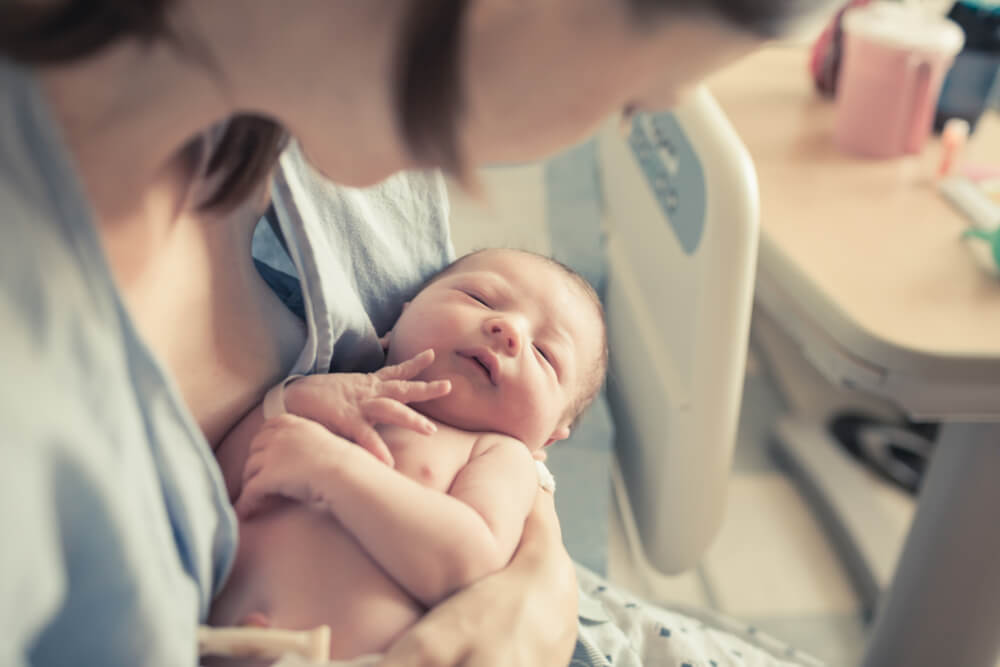During pregnancy, the umbilical cord carries oxygen and nutrients to the unborn baby. After birth, the umbilical cord is not needed, so it is clamped and cut. This reduces the cord to a stump.
The umbilical cord is clamped following birth. The clamp is expelled before the baby comes home. The stump should tumble off in one to two weeks. When it tumbles off, some blood or fluid may be there. You should keep the stump clean and dry, for it to easily fall off. Utilize a cotton swab with alcohol to clean around the base of the cord three times each day or when dirtied with urine or stool. You may keep on applying alcohol after the stump tumbles off until it is dry.
Try not to give your baby a bath until the cord comes off and the stump has healed. This will take seven to 10 days. Give the person in question a wipe shower.
Roll the nappies lower when the baby moves, as it should not hit the stump.


